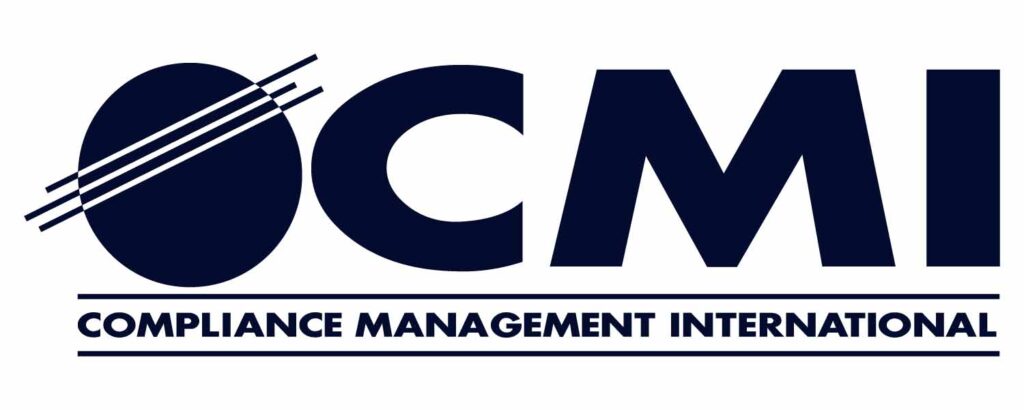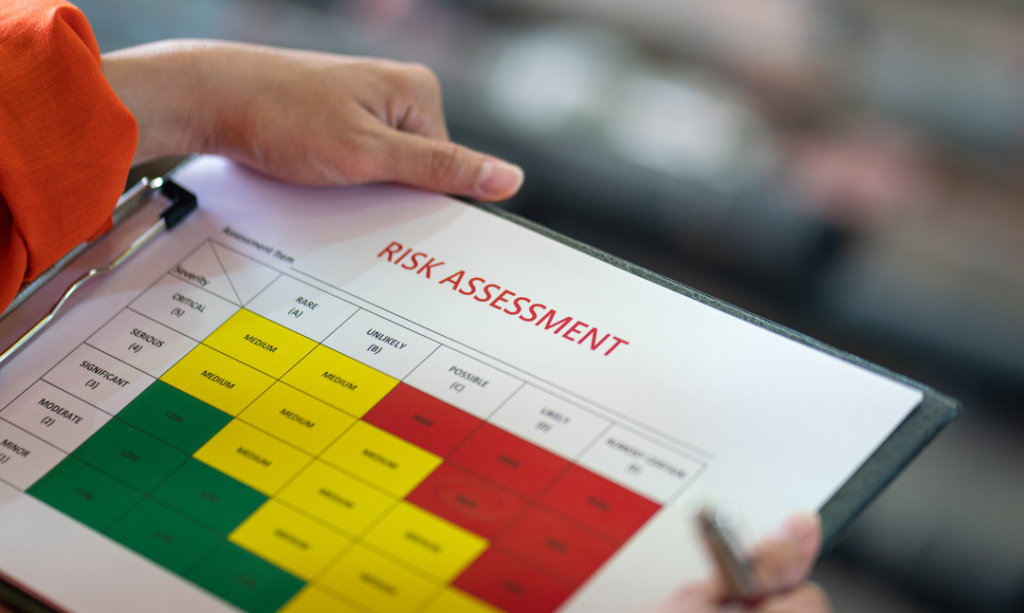Sampling stormwater can be a challenging task due to various factors that make the process complex and demanding. Here are some reasons why obtaining stormwater samples can be difficult:
Dynamic Nature of Stormwater: Stormwater is highly variable and dynamic. It is influenced by changing weather patterns, precipitation intensity, and the characteristics of the urban or natural landscape. This variability makes it challenging to predict when and where storm events will occur, making it difficult to plan and execute sampling activities.
Limited Access during Storm Events: Storm events often pose safety risks, with heavy rainfall leading to flooding and hazardous conditions. This limits access to certain sampling locations, especially those prone to flooding. Safety concerns for sampling personnel can hinder collecting samples during storm events.
Short Duration of Storm Events: Storm events are typically of short duration. Rapid changes in water quality parameters during these brief periods make capturing the full spectrum of stormwater characteristics challenging. The need for quick response and efficient sampling techniques is crucial.
Sampling Equipment and Techniques: Selecting appropriate sampling equipment and techniques is critical for obtaining reliable stormwater samples. Improper equipment or sampling methods may lead to contamination, inaccurate results, or inadequate representation of the water quality during storm events. Not to mention, hold times of lab analysis can prevent sampling on weekend or to even certain times of the day. For example, E. coli has an eight-hour hold time.
Regulatory Compliance: Compliance with regulatory standards and permit requirements complicates stormwater sampling. Stringent protocols and specific requirements must be followed to ensure that the collected samples meet regulatory standards and can be used for meaningful analysis. The storm must meet the definition of a qualifying event and typically obtained in the for 30 minutes of discharge.
Monitoring Multiple Locations: Stormwater management often involves monitoring multiple locations within a watershed or urban area. Coordinating and managing simultaneous sampling efforts across various sites can be logistically challenging, requiring careful planning and coordination.
Seasonal Variations: Seasonal weather patterns and land use variations can significantly impact stormwater composition. Sampling during different seasons is essential to capture the range of conditions, but it adds to the complexity and cost of monitoring programs.
Addressing these challenges requires effective planning, advanced sampling techniques, and adherence to regulatory guidelines. Environmental professionals must continually innovate and adapt their approaches to overcome the complexities associated with stormwater sampling. With sampling being as complicated as it is, you may ask yourself am I truly in compliance with the requirements?
If you have questions, please get in touch with CMI for help or information.
Written by: Kristian Witt



